I feel like there are two camps of people; those who like traditional foods at the holidays and those who like to try new things. Or maybe there are three types and I’m in that third camp — I like both.
One of the traditional foods I like is cabbage rolls, but I’ve never made them for Passover before because my family didn’t eat kitniyot (meaning no rice for 8 days). Switching the rice out for quinoa not only made them perfect for Passover, they are delicious and also seem lighter.
The sauce is slightly sweet and tangy and very easy to put together. It does call for canned tomato sauce (the simple version that’s made from tomato paste, water, a little salt and onion powder — NOT the Italian style of sauce with more herbs and spices). This is something my grandmother would have used and it just has the right ta’am (taste) to me.
These work as a ‘side’ for a big family dinner or simply on their own for a light lunch.
Depending on the size of the cabbage you use, you should get approximately 24 cabbage rolls.
Cabbage Rolls with Quinoa
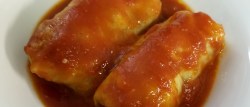
Ingredients
- 1 large head green cabbage
- Filling
2 Tbsp. olive oil
1 small yellow onion, peeled and finely diced
3 large garlic cloves, crushed
1 cup quinoa
1 1/2 lbs./ 680 grams medium ground beef
1 large egg
1 large roma tomato, cored and finely diced
1 1/4 tsp. salt
1/2 tsp. black pepper - Sauce
3 cups tomato sauce (24 oz/700 mL)
1 1/2 cups tomato juice
juice from one lemon
3/4 cup packed brown sugar
3 Tbsp. tomato paste
1 tsp. salt
1/4 tsp. black pepper
Directions
- Bring a large pot of water to boil. Using a sharp paring knife, carefully cut the core out of the cabbage and gently place the cabbage in the boiling water. Cook for a few minutes, then use tongs to gently pull the outer leaf away from the head. The leaf should come off easily, without tearing, if it’s been cooking long enough. If you’re struggling to remove the leaf, let it simmer another couple of minutes until it comes away from the head easily. Continue with the rest of the cabbage. Drain all of the cabbage leaves well and set aside.
- For the filling, start with the quinoa. For this recipe, I cook quinoa like pasta — fill a medium-sized pot with plently of lightly salted water and bring to a boil over high heat. Add the quinoa and simmer, stirring occasionally, for 10-12 minutes, until fully cooked. Pour the quinoa into a fine-mesh strainer, rinse with cold water and drain well. Transfer to a mixing bowl.
- In a saute pan over medium heat, sweat the onion in olive oil until soft but not browned, 4-5 minutes. Add the crushed garlic and saute another minute. Remove from the heat and let cool for a few minutes, then add to the quinoa. Add the rest of the filling ingredients and mix everything together.
- For the sauce, add all of the sauce ingredients to a mixing bowl and whisk everything together.
- Form the cabbage rolls. Shave off (or cut out) the thick ‘stem’ part of a leaf of cabbage. Place some filling on the bottom of the leaf (the amount of filling will depend on how big your cabbage leaf is, but a large leaf should be able to handle 1/4 to 1/3 of a cup of filling). Roll the bottom of the leaf up, so that the filling is covered by cabbage, fold the left and right sides in, then continue rolling up from the bottom forming a cabbage roll. Set aside and keep rolling cabbage rolls until all of your filling has been used.
- Spray a large baking dish (or foil pan) with oil. I like to place the inner cabbage leave that are too small to make rolls on the bottom of the dish, then ladle about 1 cup of sauce over the cabbage leaves. Next, arrange a layer of cabbage rolls on top, and ladle enough sauce on top to coat all of the rolls. Arrange another layer of rolls on top and then ladle the remaining sauce on top. If you have extra cabbage, place a layer of leaves on top of the rolls.
- Cover the baking dish with aluminum foil and place the dish on a baking sheet. Bake in a preheated 375°F oven for 1 1/2 hours, or until the cabbage is tender and the filling is cooked through. Serve right away or chill and reheat later. These also freeze well – I transfer them to foil pans and wrap well with plastic to freeze.
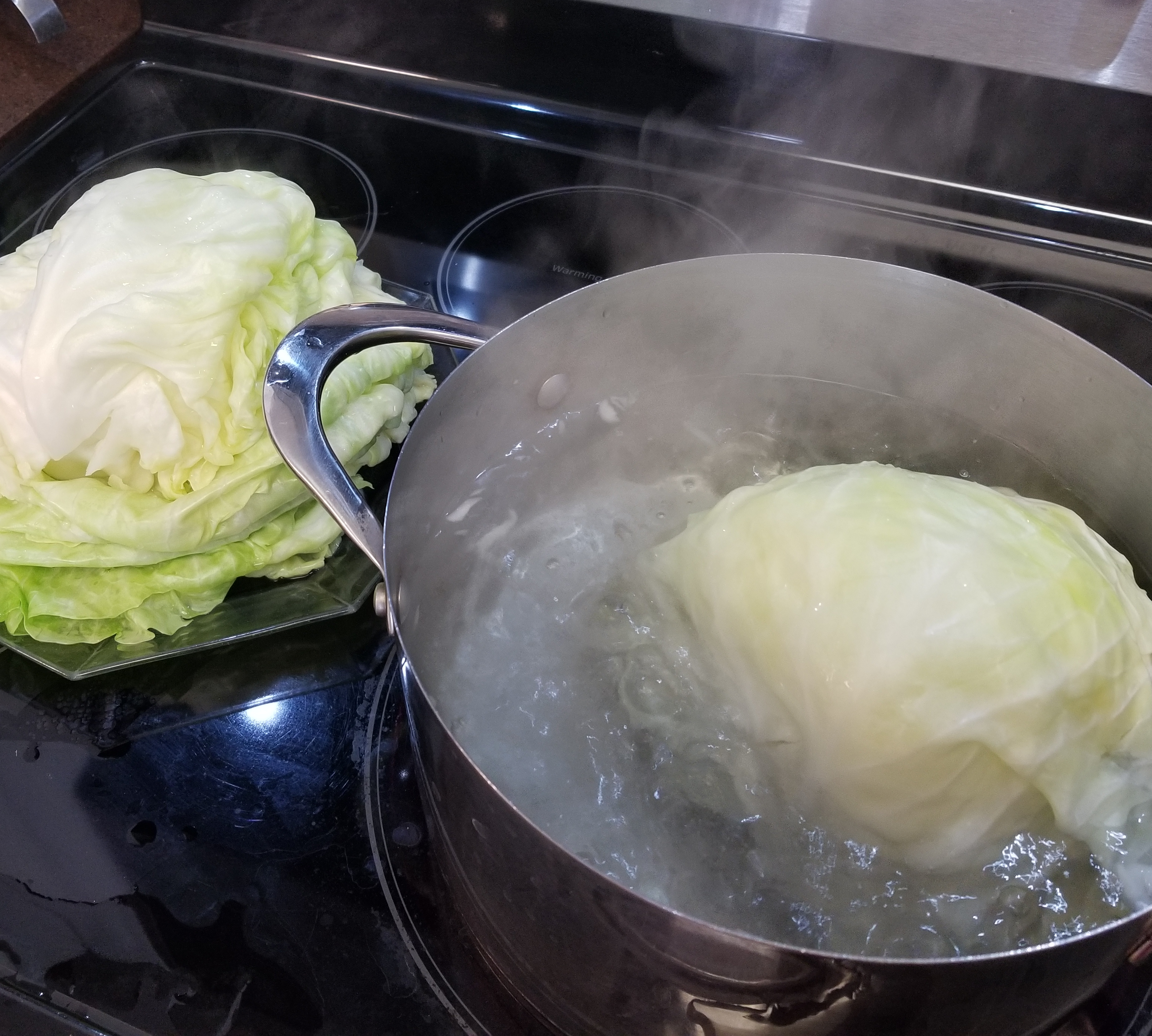
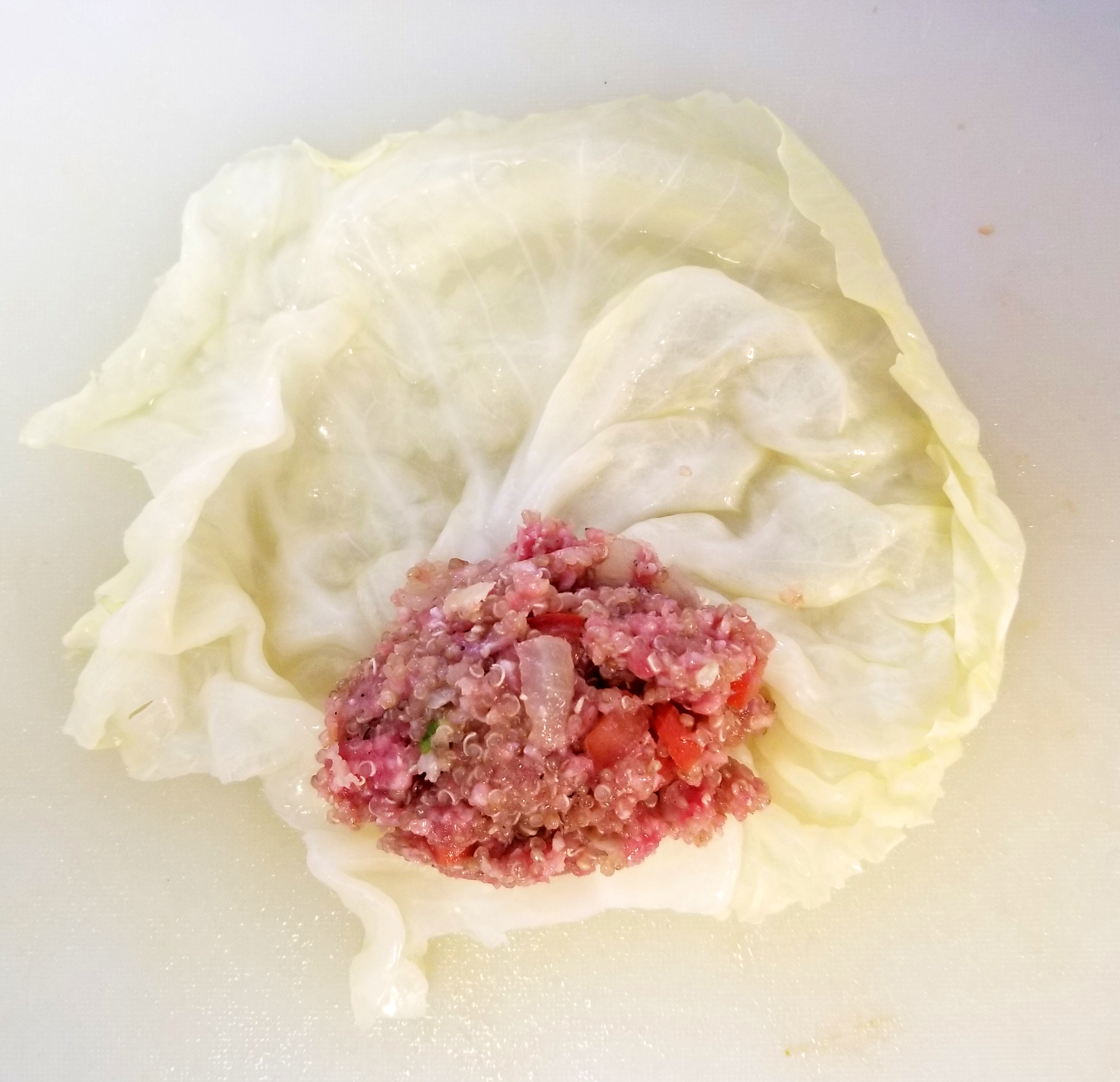
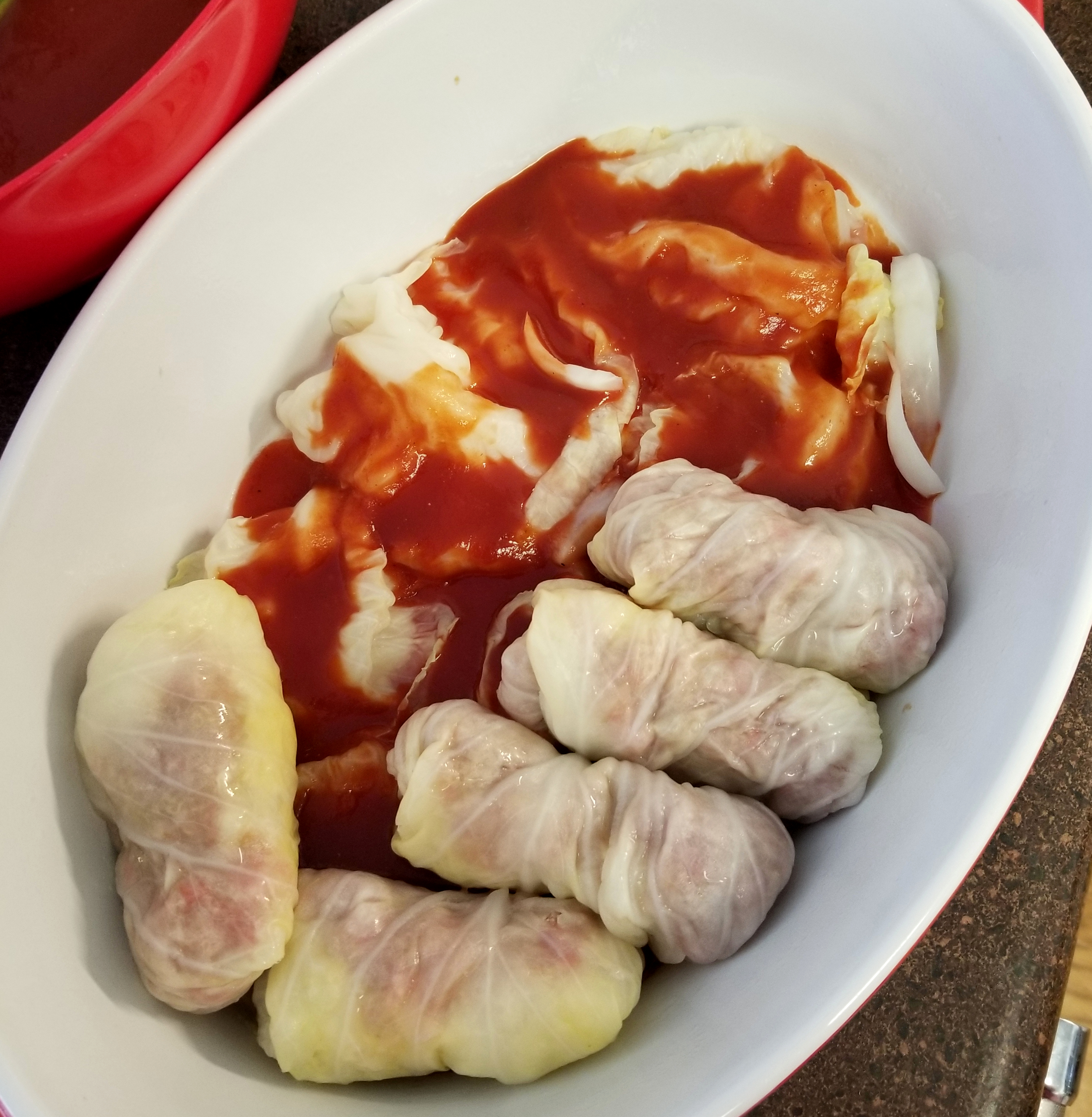
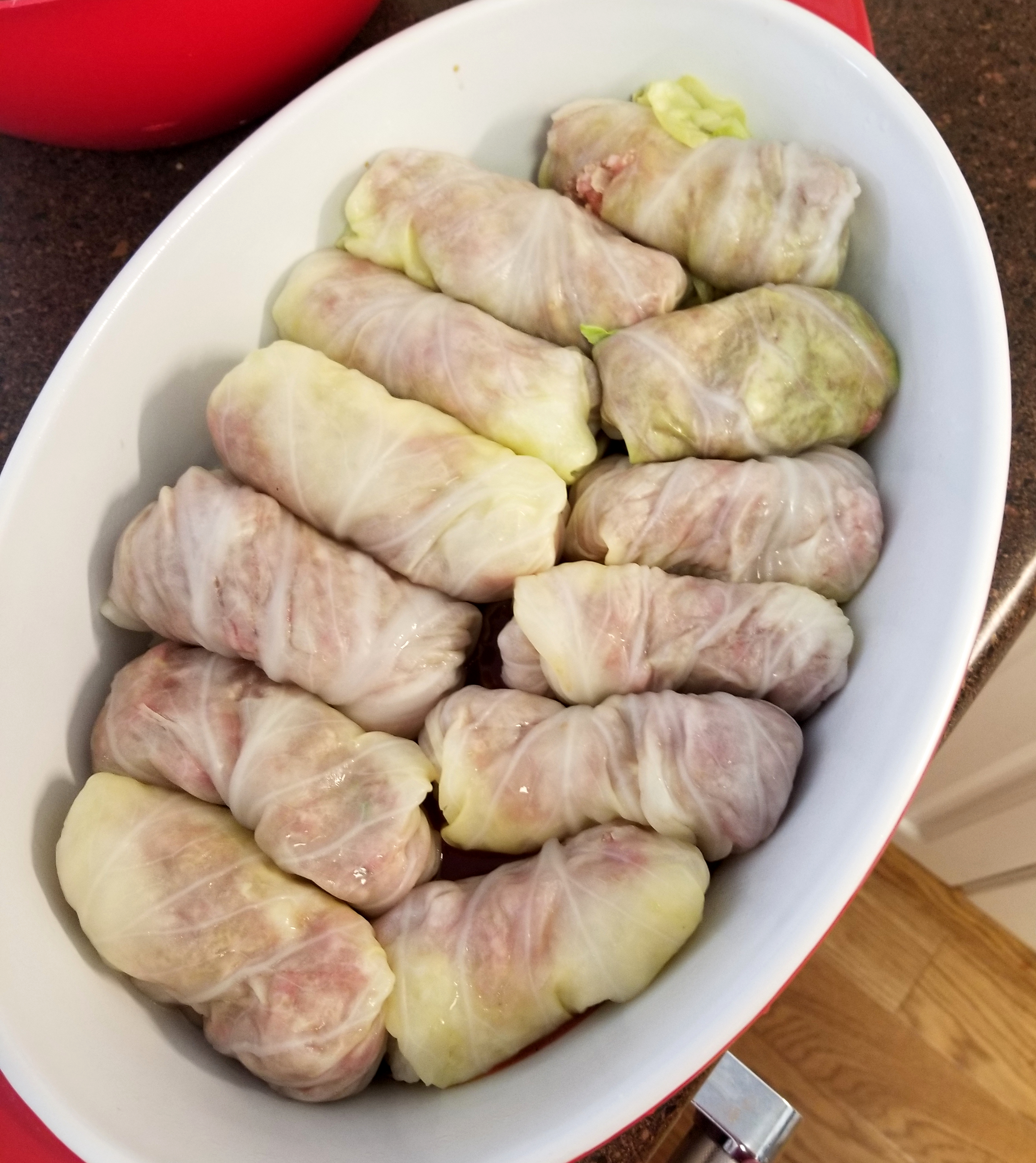
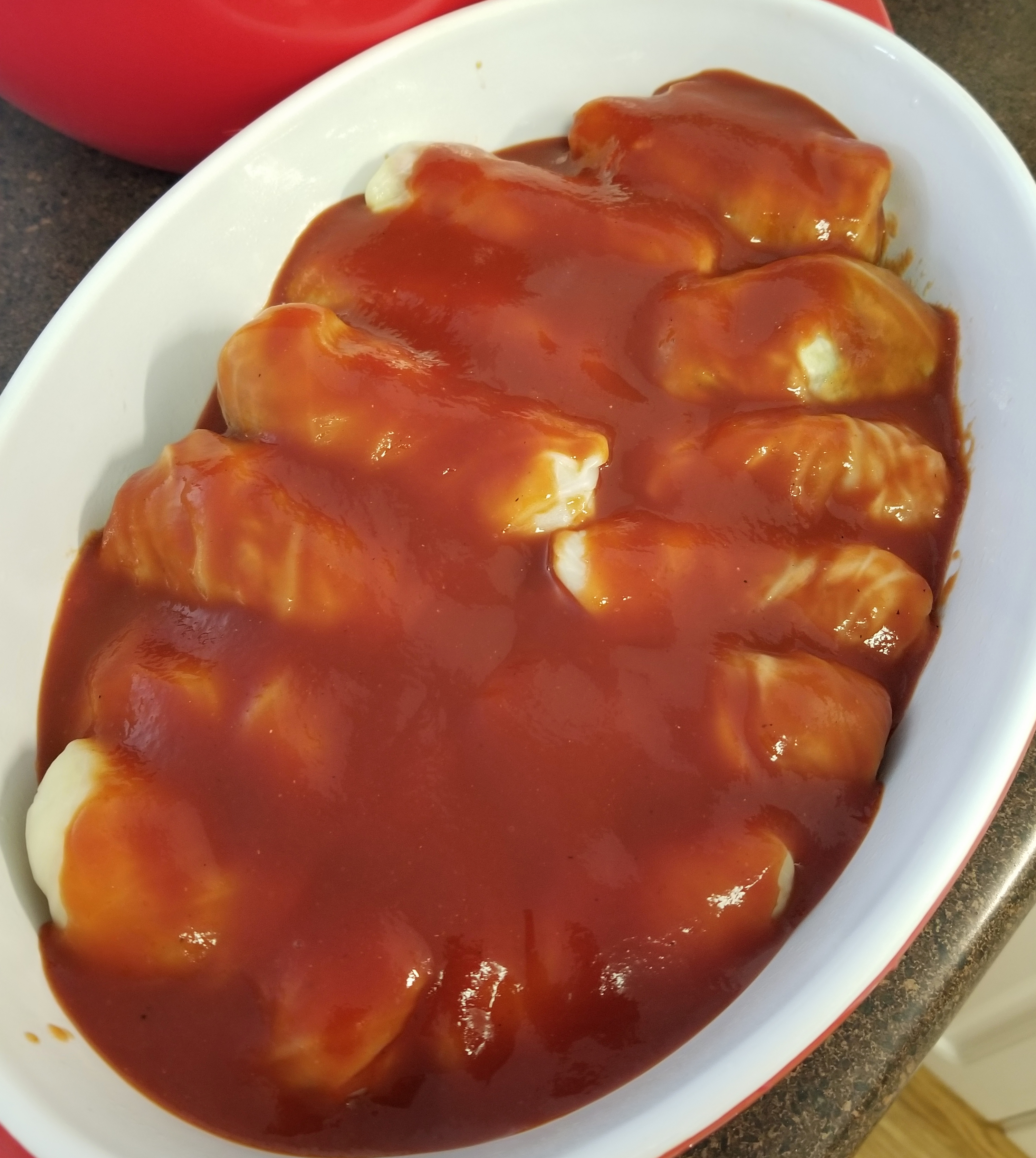



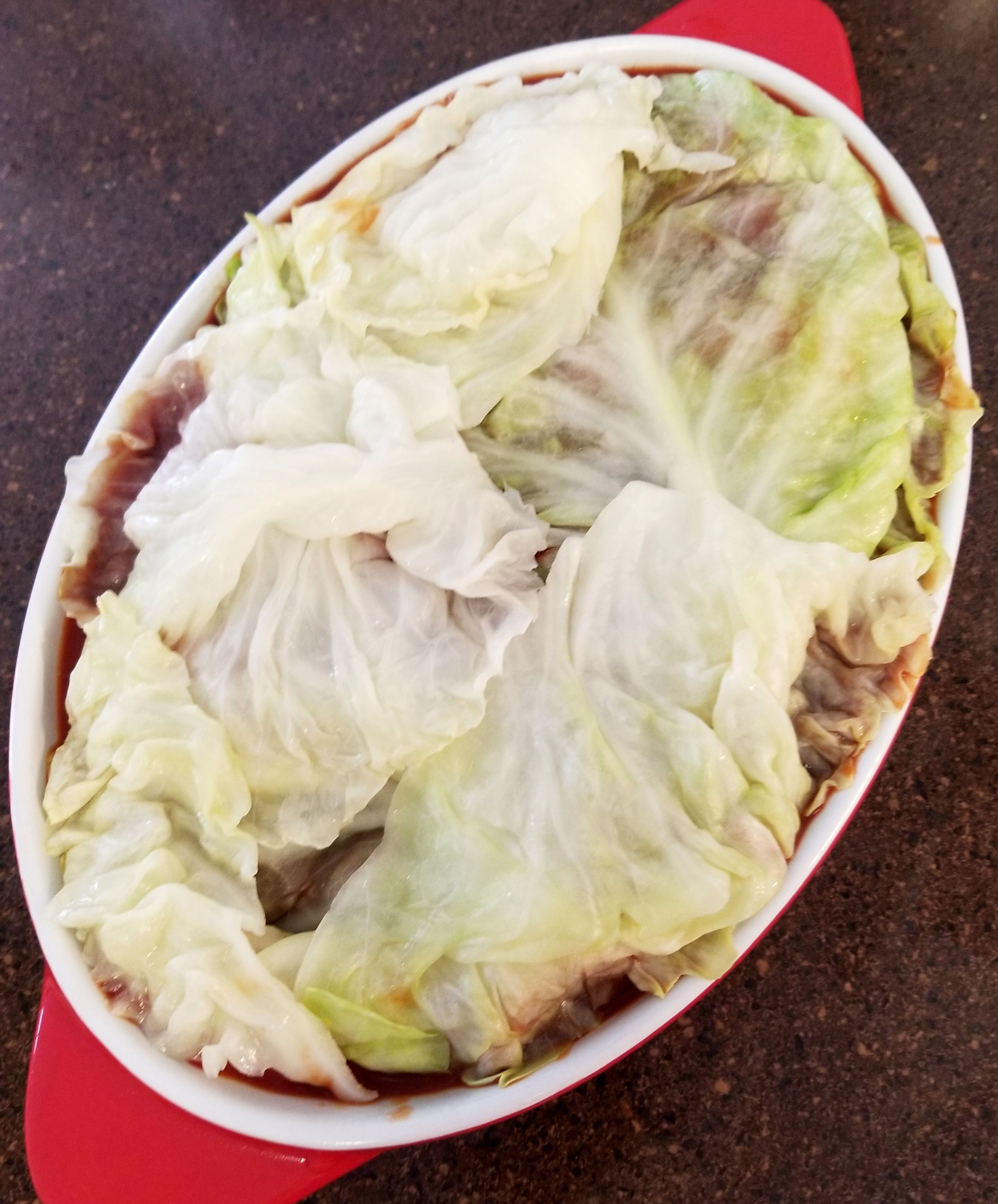
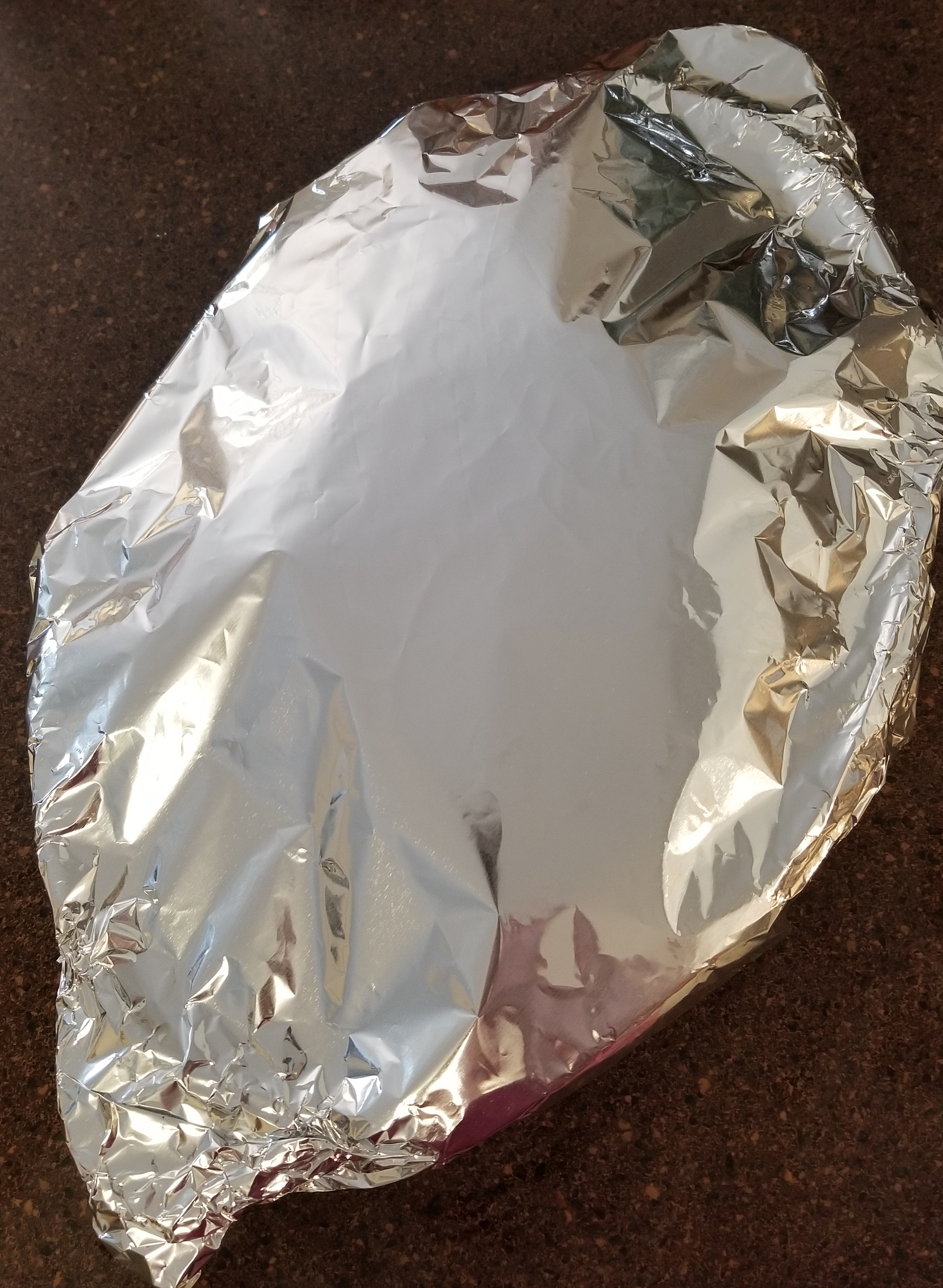
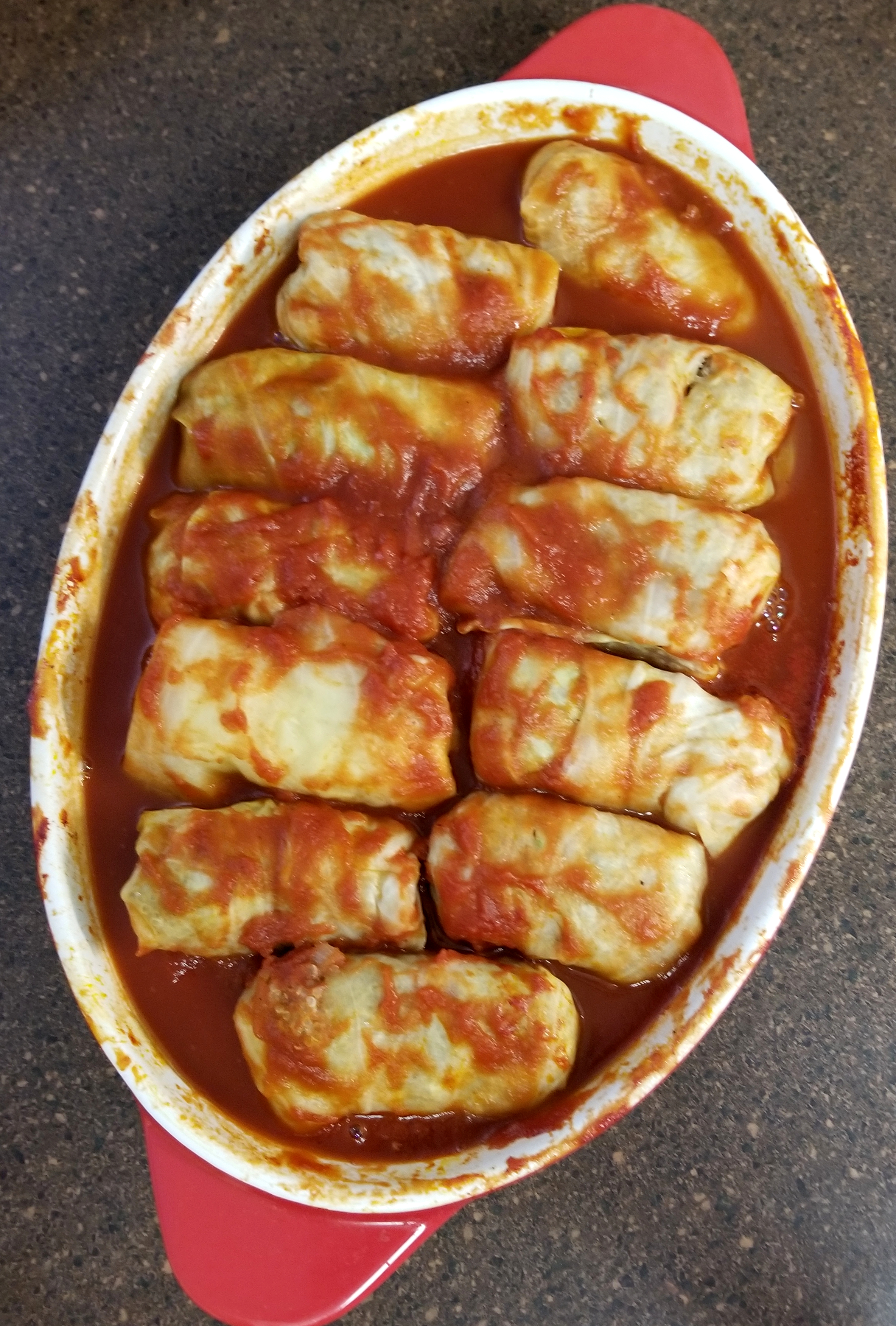
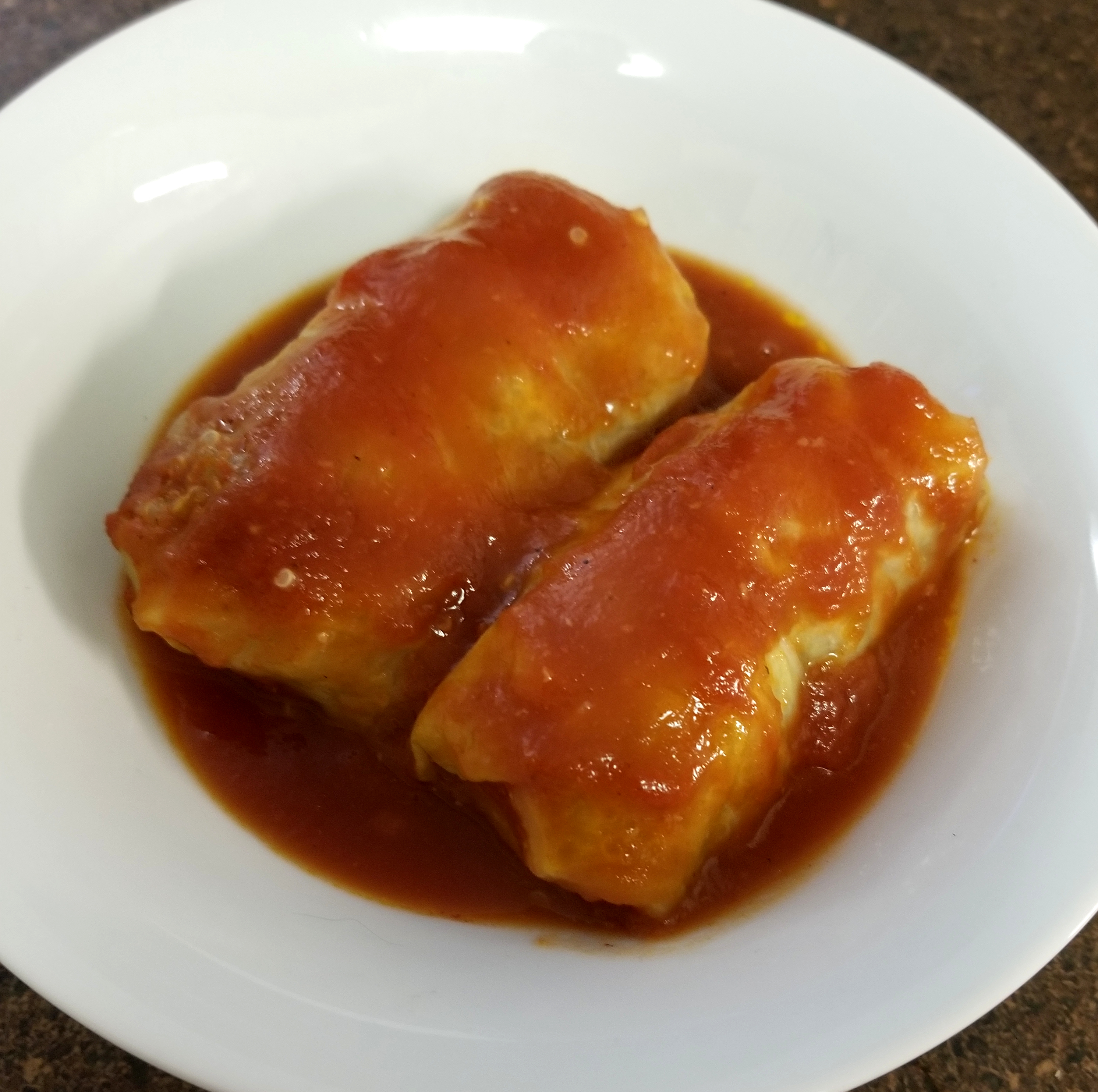

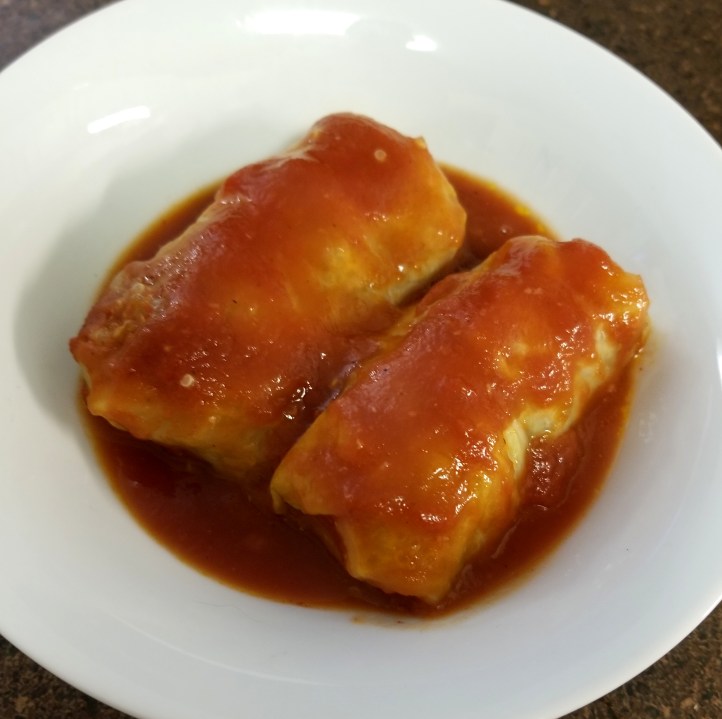

[…] Cabbage Rolls with Quinoa […]
What is the difference between quinoa cooked “pasta style” vs the regular way? And how does that affect the stuffed cabbage filling?
“Pasta style” is in plenty of boiling water – more than the quinoa will absorb, then drained off. I’d call the other technique “rice style”, placing 1 part quinoa and two parts liquid in a pot, bringing to a boil, covering and reducing to a simmer and cooking until all of the liquid is absorbed. You can also steam it in a mesh colander over simmering water.
You can use any technique you like, the results will be comparable.
Hi Pam. I came across your website from a group that was formed at beginning of COVID “Creative Cooking During Covid-Caring us Sharing” , created by Cheryl Obront-Cohen. Brilliant way to help all of us who joined deal with the severe isolation via a common ground. Enough with that. I have a vegetarian, gf, dairy free daughter (due to digestive problems)..and love the idea of making these cabbage rolls (with ground chicken for my family), but what protein can I add into it for my daughter, or would it be good enough with just the quinoa and maybe grilled veggies cut up inside? Just wondering. BTW, Chag Sameach to you and your family and friends. ..(from Richmond Hill, On)
Hi Sheryl! I was just talking with somebody else about this a few days ago. First, quinoa is a good source of protein already. Second, what I was thinking is instead of the meat, I’d saute or roast diced eggplant and mushrooms. I think that would give it some texture and flavor. Does she eat eggs? If yes, then I’d add another egg or two for more “binder” and it’s also extra protein. Hope that helps! Chag sameach!